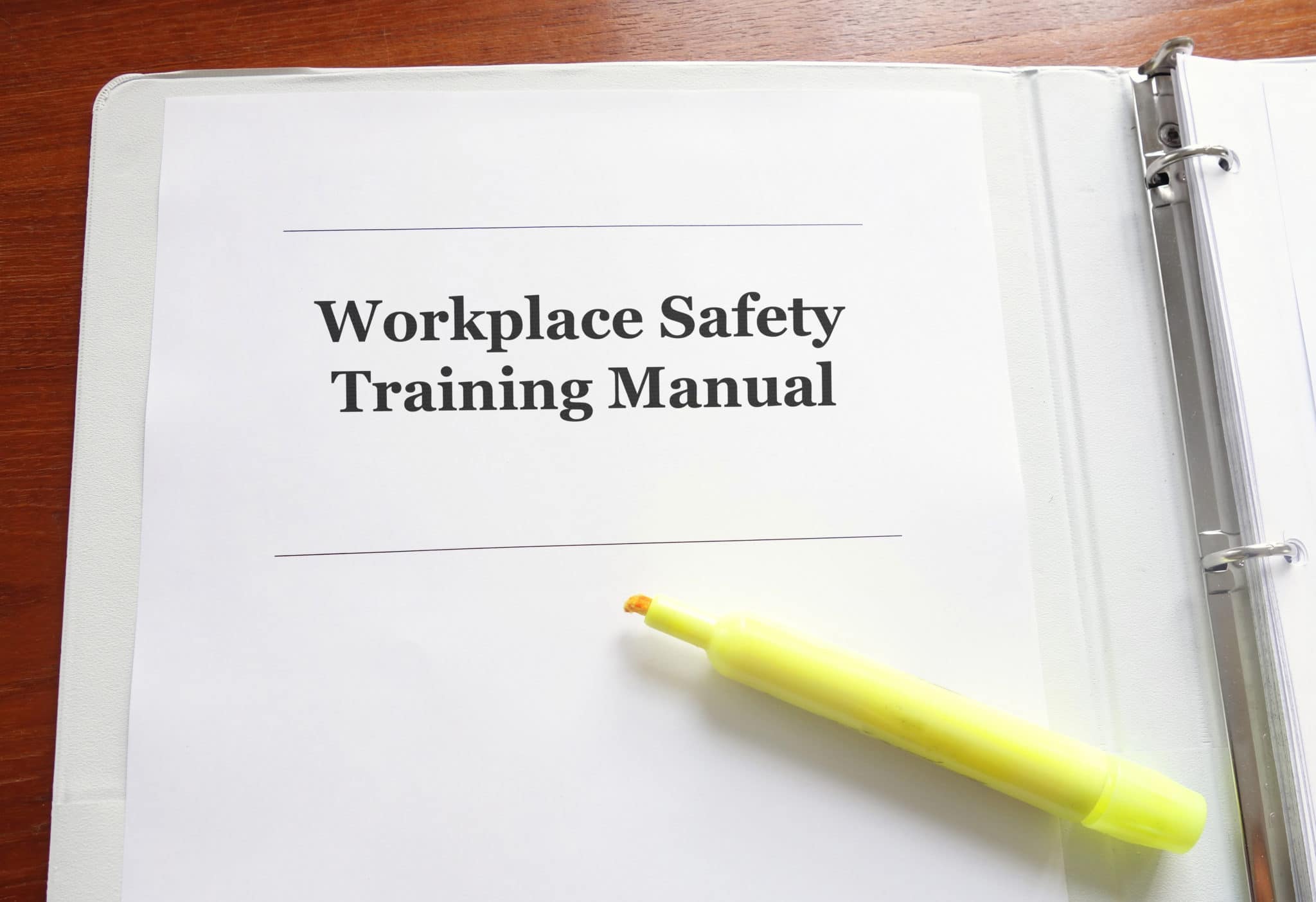Not all electrical safety training programs are equal.
As with many things in life, input determines (or, at the very least, predicts) output. Regarding safety training, the content of the training contributes to how workers view electricity and how safely they work.
Littlefuse released a Safety Report that details their findings based on a survey given to 575 people who all worked directly with electricity (electricians, engineers, etc.). They conducted the survey in January and February 2020.
Electrical shocks still occur even among those who have been trained.
Why are workers still getting shocked? The Littlefuse Safety Report offers some reasons:
Overconfidence in Recognizing Electrical Hazards
Seventy-eight percent of those surveyed admitted to having been electrically shocked (no matter the voltage). A little more than half were shocked by more than 220V, and 37% were shocked by less than 221V.
Eighty-five percent of those who suffered electrical shock above 220V described themselves as “very confident” or “extremely confident” when it came to recognizing an electrical hazard. This number is higher than the number of “highly confident” individuals who had never been shocked at work (76%) or who were shocked by less than 221V at work (65%).
Respondents listed overconfidence as the reason they work on live equipment to begin with.
Safety Training is Forgotten
Respondents to the survey admitted that a common reason they or co-workers work on energized equipment is to troubleshoot. The next common reason is to maintain production. Other reasons cited included overconfidence, laziness, and convenience.
T. Gammon and S. Jamil, in their paper The Disconnect Between Electrical Safety and Accident Prevention,” state this:
A worker troubleshooting a low-voltage control circuit might notice loose connections and decide to tighten those while the cabinet is open. This worker has failed to recognize that the nature of the task has changed. Tightening connections may require an energized electrical work permit, arc-flash and shock hazard analyses, management approval, two workers, and so on. (emphasis ours)
Inadequate Safety Training
In T. Gammon, D. Vigstol and R. Campbell’s paper Workers at Risk of Fatal and Nonfatal Electrical Injuries, most of the training they studied was found wanting:
- Training material missed NFPA 70E topics.
- It did not cover the current edition of NFPA 70E.
- It did not address the information pertinent for electrical workers to know.
- The person conducting the training was not qualified.
- The training was limited to one day.
Why aren’t the statistics continuing to drop?
One big question asked in the report is why the number of electrical fatalities hasn’t continued to decline. The number of fatalities due to electric shock sharply decreased in 2007. But the number has remained pretty much the same ever since.
This is true in spite of all the safety measures companies have implemented.
Other Steps Must Be Taken
In addition to training, proper job planning and best-practice electrical habits can help prevent these injuries and fatalities. The survey acknowledges that most companies write comprehensive safety policies and conduct regular safety meetings. But are these the most important steps companies should be focused on doing?
The NFPA 70E covers the Hierarchy of Risk Control Methods [found in 110.1(H)(3)]. The risk assessment procedure contains the following five methods, listed in order from most to least important:
- Elimination
- Substitution
- Engineering controls
- Administrative controls
- PPE
All methods are important. Elimination of the power source (turning power OFF before working) tops the list. Training (administrative controls) and PPE round out the bottom.
Get the Right Training
Training in and of itself is not enough. Employers need to search for the right training.
Nine percent of those surveyed believed 500V was a safe voltage to work on. That is not a comforting statistic. While that is not a very high percentage, consider this: most of those people had received safety training from their employers. In addition, more than half of them reported having received an electrical shock above 220V at work. Somewhere along the line, there was a disconnect between higher voltages (above 220V) and hazard recognition.
How do your workers view electricity? How are they trained? What changes are necessary to improve your company’s record?
Bottom line: companies and individuals must “utilize safe work practices 24/7 without exception.” (T. Gammon and S. Jamil, The Disconnect Between Electrical Safety and Accident Prevention”)
e-Hazard Electrical Safety Training
Check out our website for the different classes e-Hazard offers. We do not fall short on any of the points listed above as inadequate training practices.
- Our classes cover NFPA 70E topics (as well as OSHA and NESC)
- Our classes always use the current version of NFPA 70E
- e_hazard’s material is pertinent to electricians (as well as line workers and non-electrical workers)
- e-Hazard trainers are well qualified (see our instructor page online)
- The NEC course takes one full week (40 hours). Low Voltage, High Voltage, and 1910.269 classes each take one day.
Read these other e-Hazard articles for more valuable information.
Electrical Shock and Arc Flash Training: Simplifying the Process


I have to wonder how 1% of the electrical workers who were polled didn’t know what voltage they were working on.